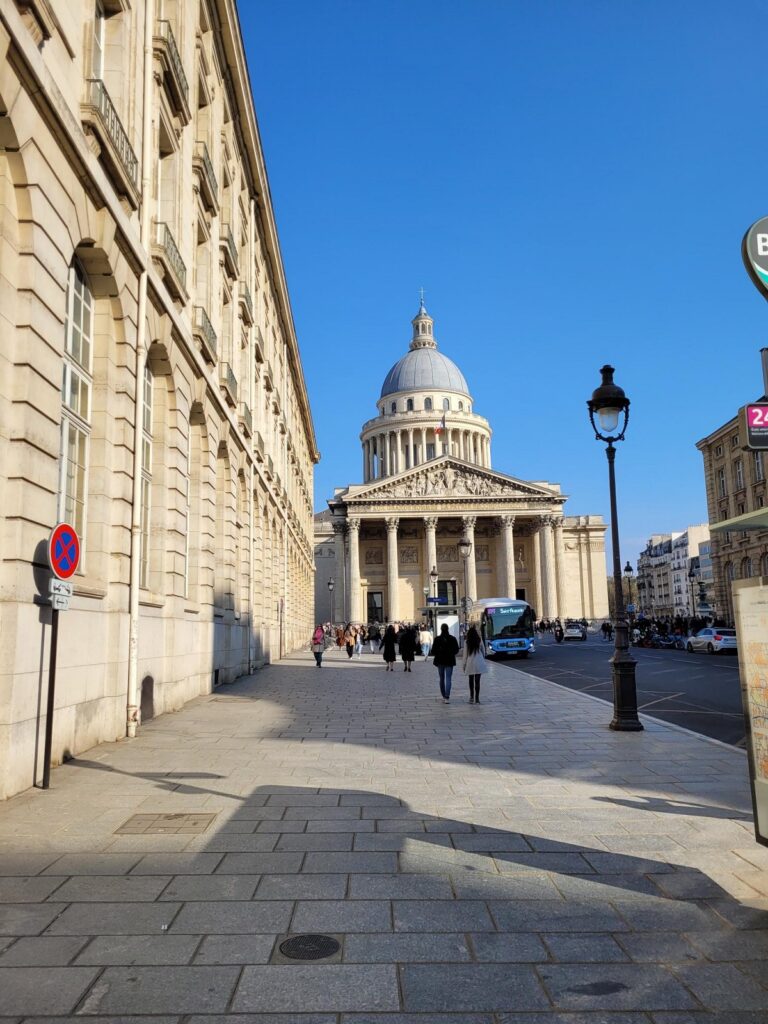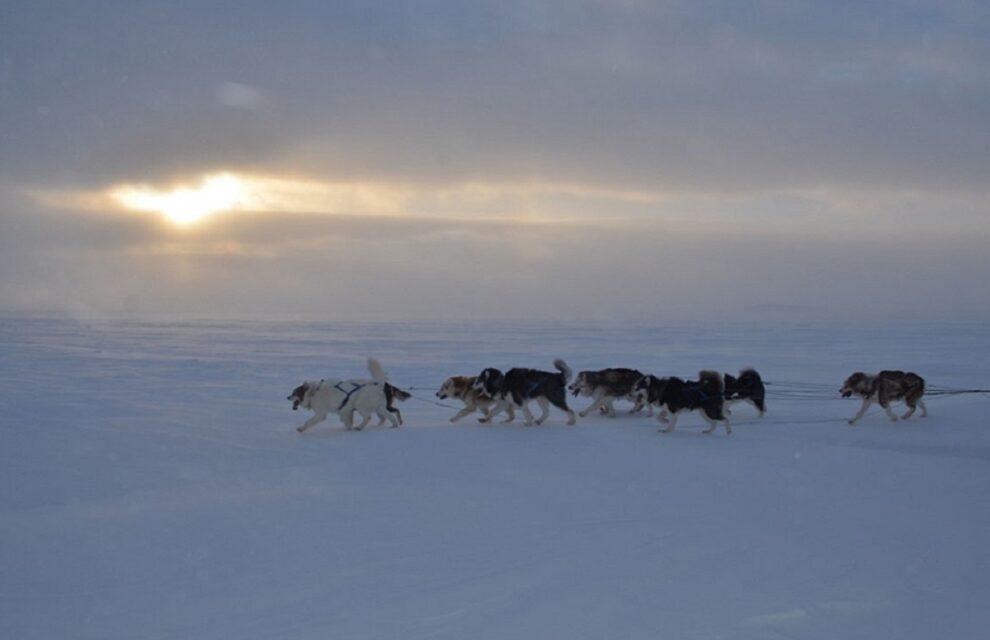Last evening, the Canadian Cultural Centre, part of the Embassy of Canada in Paris, screened The Blinding Sea. Catherine Bédard of the Centre hosted the event, and interviewed me afterwards on stage, before we moved on to a Q&A period with the live audience.
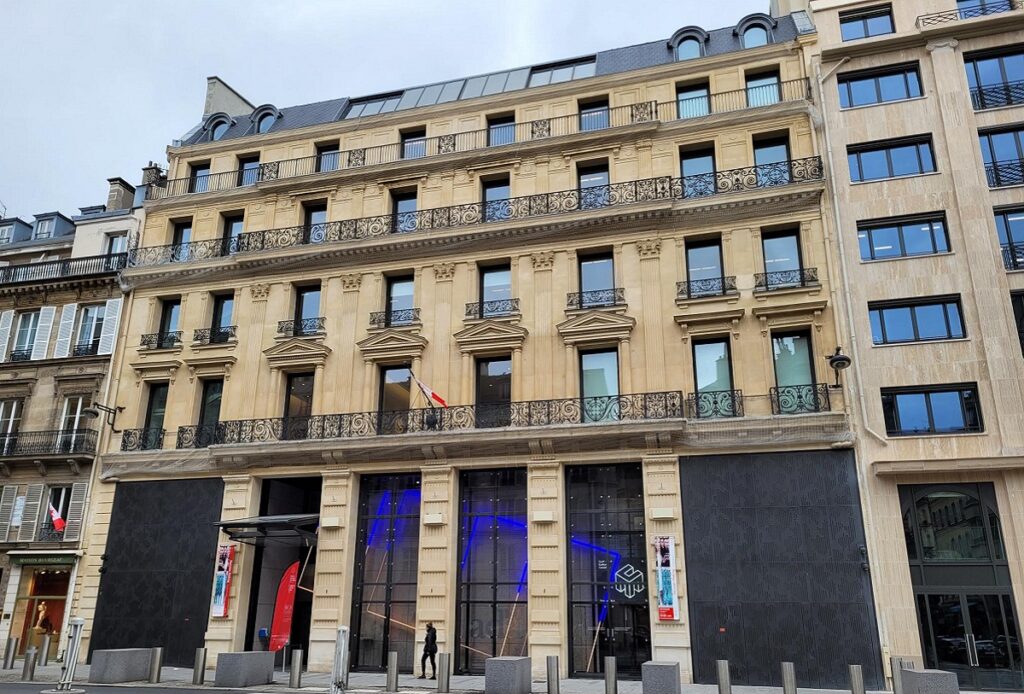
This comes as a highlight of the current film tour in France. When shooting The Blinding Sea, whether in Nunavut or Antarctica, I could never really have pictured a live event before such an interesting audience in Paris. Of course filming scenes on a tall ship running before the wind on the Southern Ocean is very different from calmly giving a talk in a cinema hall!
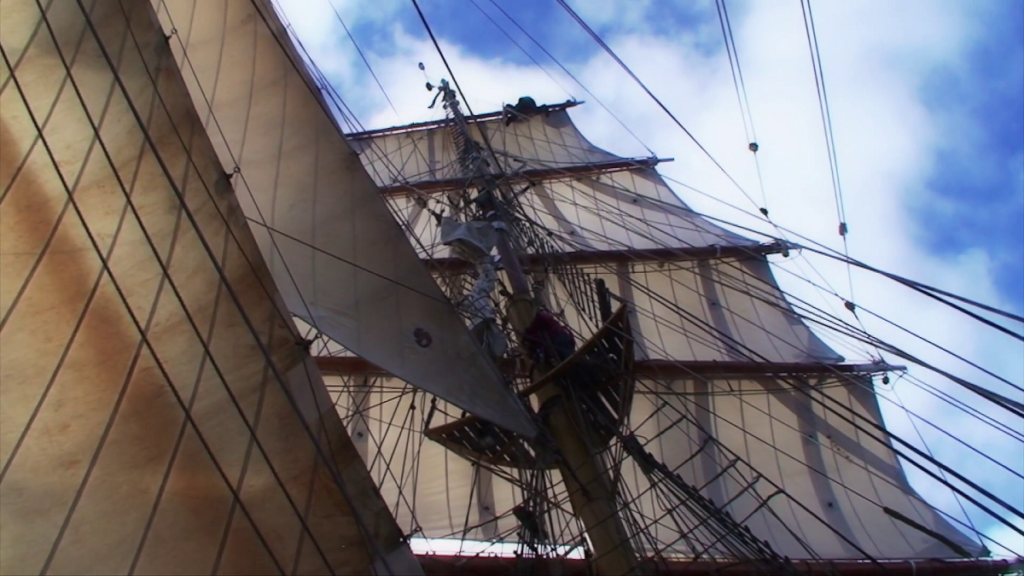
Catherine Bédard presented the film as a work of research and also of art, which combines rigorous historical and scientific information with an artistic treatment of the Romantic and Gothic psychology of the extreme, as experienced by polar explorers. In responding to this comment, I mentioned how I had felt blocked by the mass of material I had uncovered, and felt unable to complete the film, until I had a vivid dream of Alfred Hitchcock who took me by the hand and guided me through the process of pulling all that material together.
Now, I admit this story might seem strange to some people, who could take it as some kind of strange tongue-in-cheek humour. After all, how could an enterprise like making an award-winning epic film like The Blinding Sea actually have been pulled off thanks to … a dream? But it is literally true that I had this dream. Here, in substance, is what I said last evening about my dream-encounter with Hitchcock.
Alfred Hitchcock came to me in my dream and said: “George, you have elements in your film which remind you of me: Victorian iconography, dreams, Pre-Raphaelite portraits of women, haunted castles, Edgar Allen Poe, suspense, terror and vertigo, encounters with wild animals, elements from Gothic novels showing indescribably tiny people lost in grandiose landscapes, the tragic hero … Listen, I know you are unable to bring all of this together, to create a narrative unity. Your material is tremendous though. Would you accept that I take over direction of your film and pull it all together? I am good at that. Don’t worry: we can share credit as directors.”
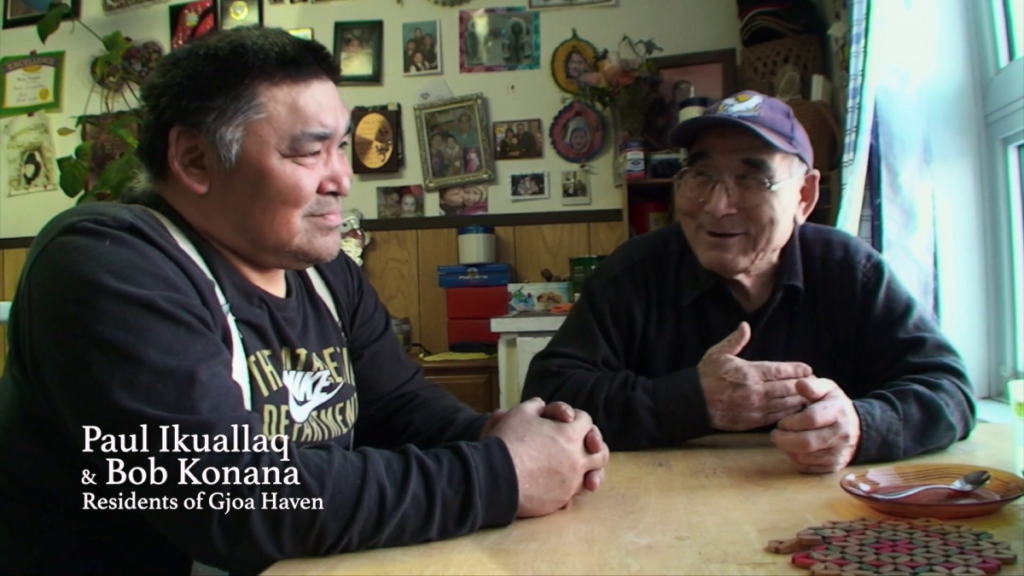
This came as a huge surprise. I took notes as soon as I woke up in the morning! Hitch also told me: “Your story should be pushed along by elemental emotions – excitement, love, desire, fear, hatred, hunger, disgust, terror, thirst, pride, shame….”
The viewing public relates to emotions and story-telling. At each moment, intuitively, the viewers ask how the story they see unfolding on the screen actually relates to their own lives – they ask what they would have done, had they been placed in Roald Amundsen or Robert Falcon Scott’s situation. I mean courage, love, survival, fear and sacrifice resonate with all of us.
Hitch and I worked on the film together, Hitch coaching me. It was a demanding experience but also an enjoyable one, like an apprenticeship.
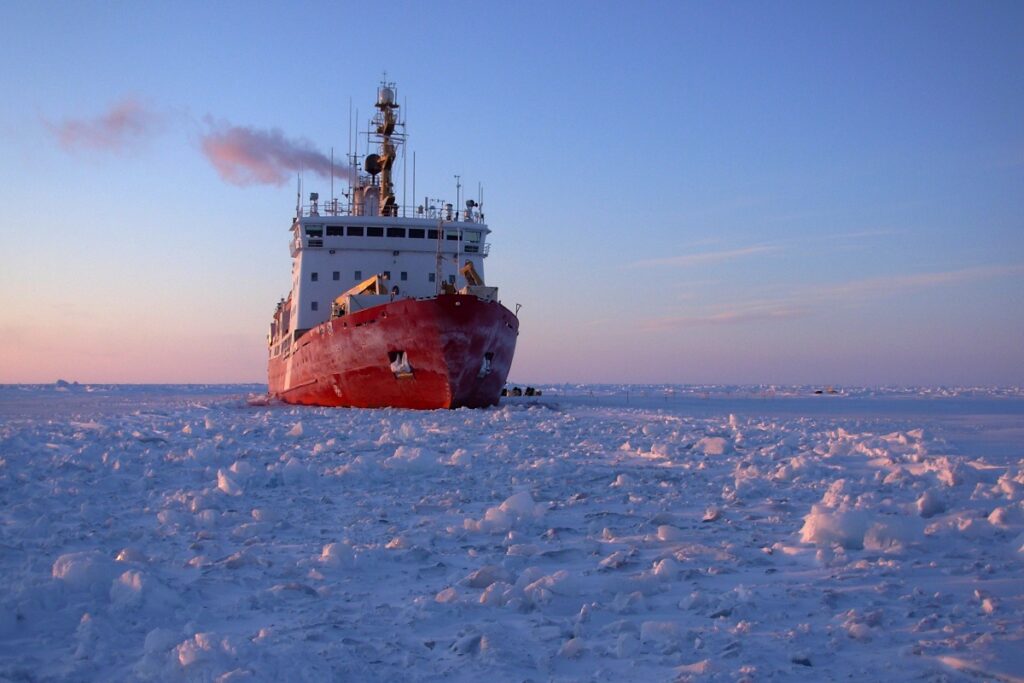
One person in the audience asked how I got started on this film in the first place. I mentioned that CBC Radio sent me onto the Canadian research icebreaker Amundsen, wintering on the Beaufort Sea, to do a radio documentary. From that point, one thing led to another until I completed a film revealing the close relationships Amundsen had with Inuit and Chukchi.
Another person asked how my doctorate in the History and Philosophy of Science related to my work as a journalist, since I was above all an explorer myself. Was there any contradiction in these different activities? I said no, and elaborated a little.
Another person spoke about the experience he had had, sailing between Greenland and Baffin Island. This is after all a film about the oceans, and I enjoy listening to new perspectives on navigation.
Some people in Paris said they would love to have learned more about how the Inuit live nowadays. I said I could not provide an encyclopedic account in a single film, but a lot more material was coming in my Amundsen expedition biography WildTrekker, which will be published later this year.
Finally, a person suggested that I use all 200 hours of footage I came up with, beyond the 1h48 in the current feature, breaking it down into smaller digestible portions which could be presented as a large series of interactive features on the Internet, where people could add comments, ask questions, etc. This struck me as an interesting idea.
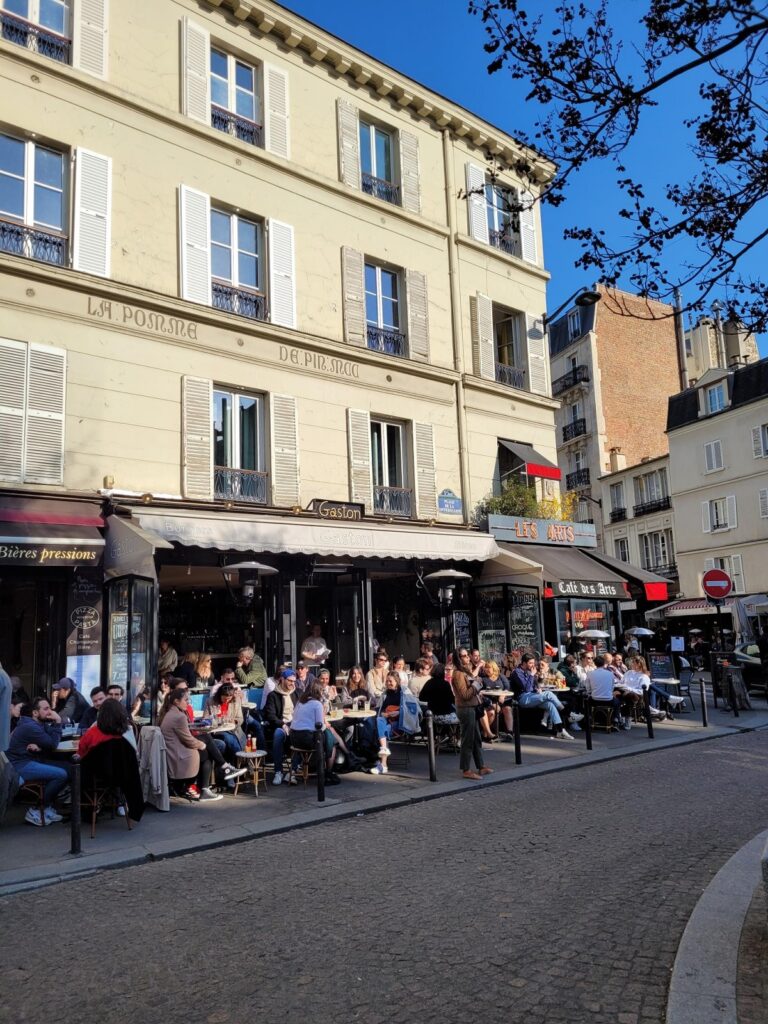
It has been so fascinating, crisscrossing France and meeting so many different people. Even having a coffee in the Latin Quarter counts as a real experience these days.
The Canadian Cultural Centre provided financial support for this film tour, and in so doing is the first governmental institution to invest in distribution of my film. Thanks once again to Catherine Bédard for enabling me to meet my public in France. This comes as one of the most interesting encounters I have had as an artist-historian.
